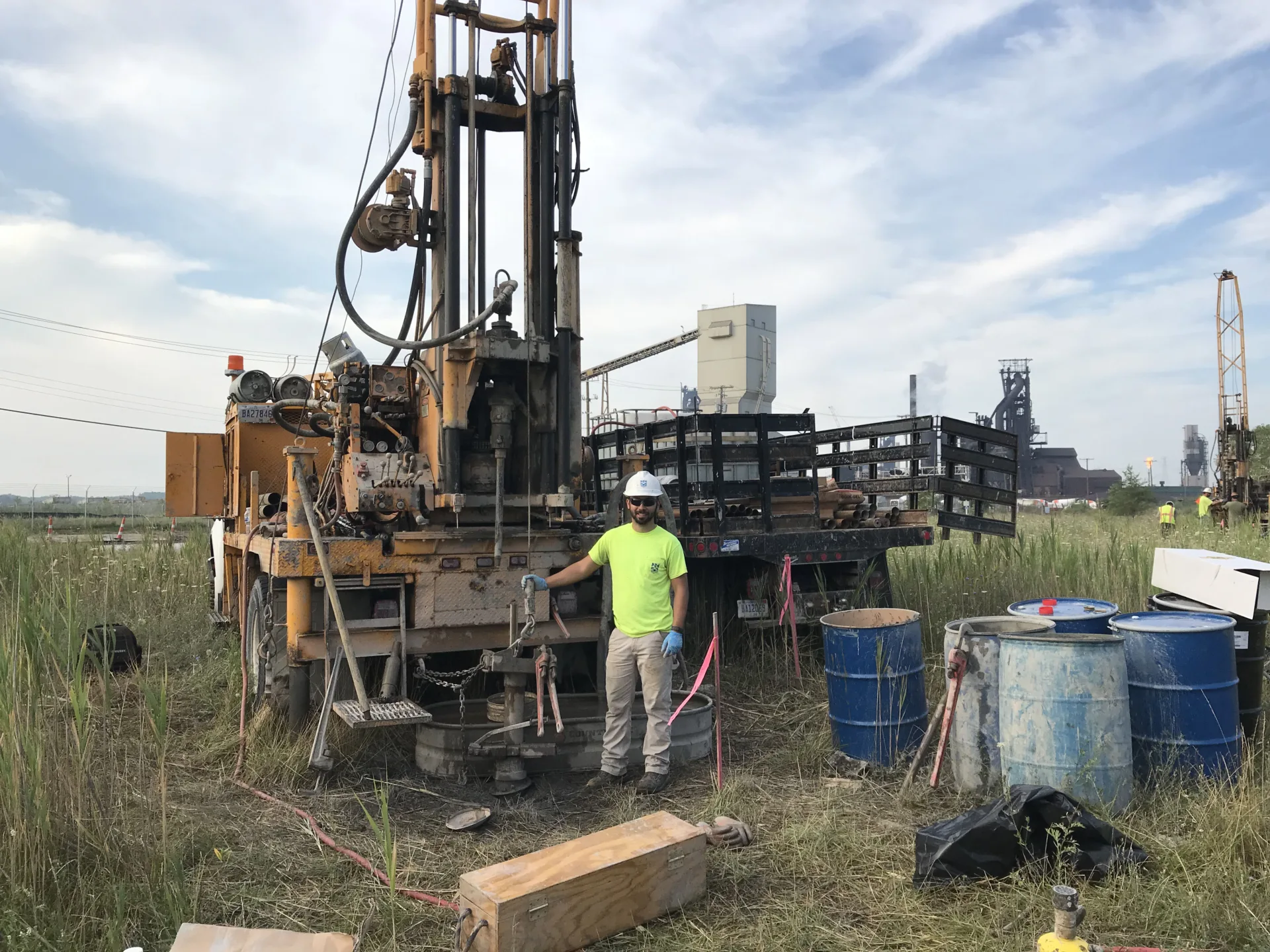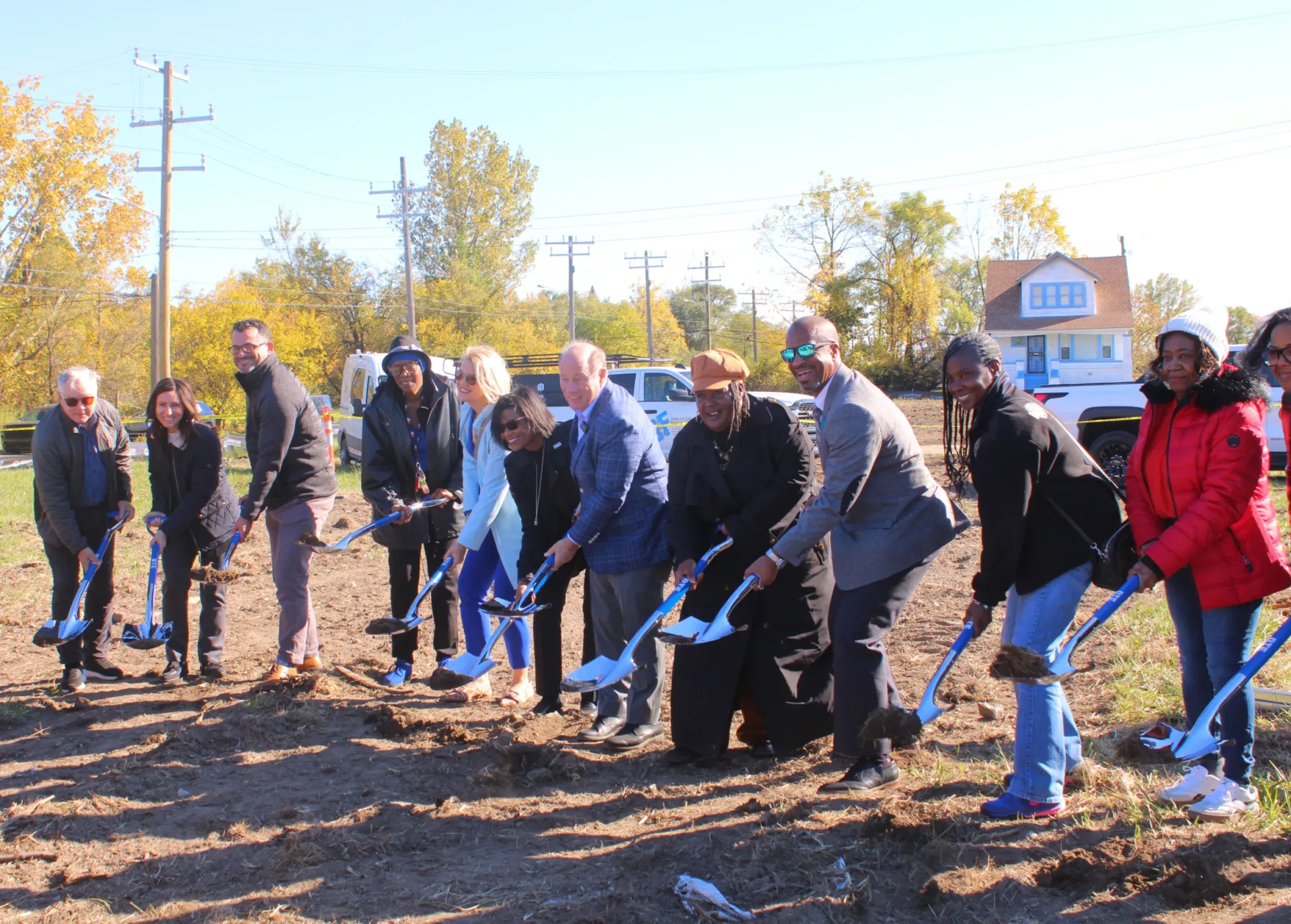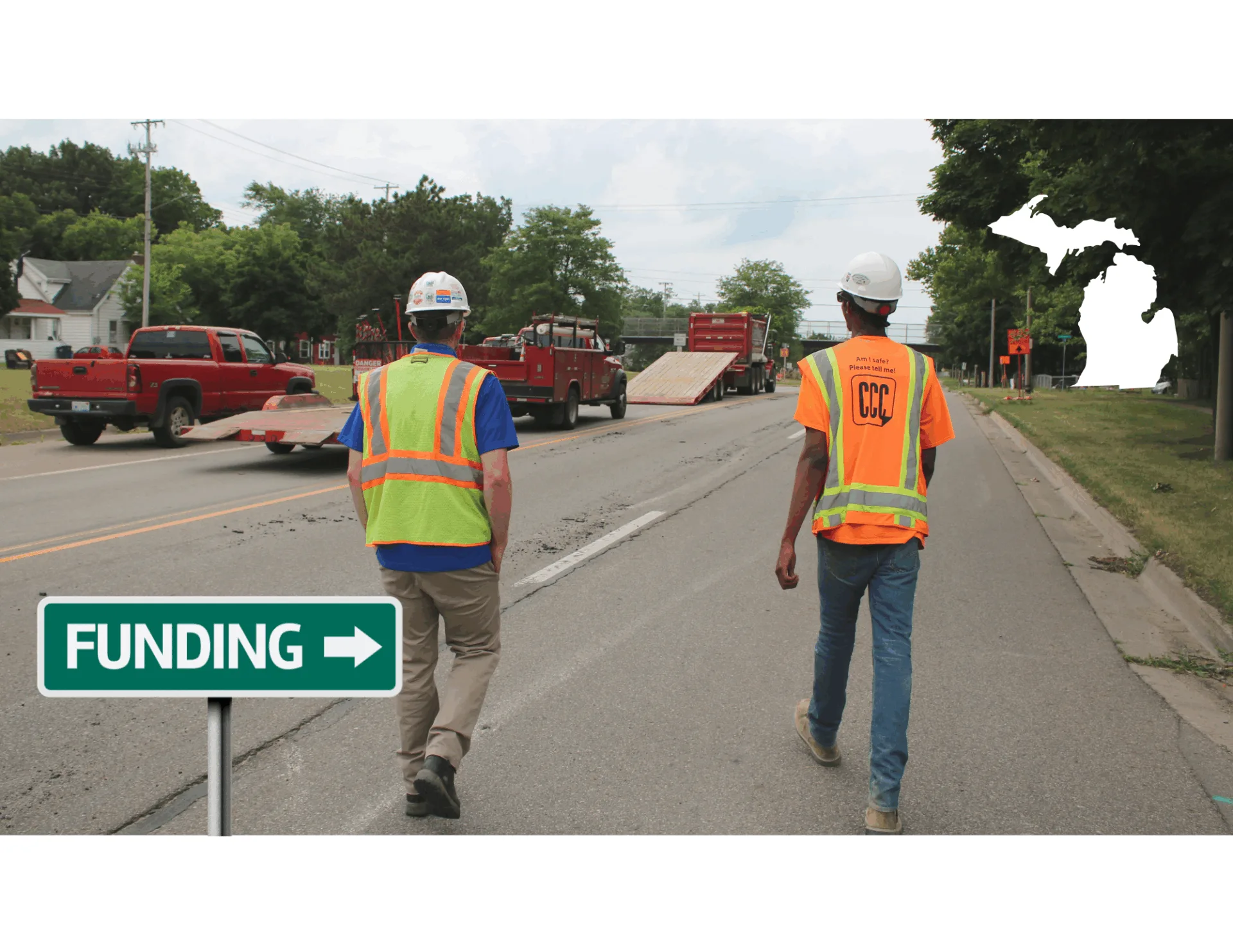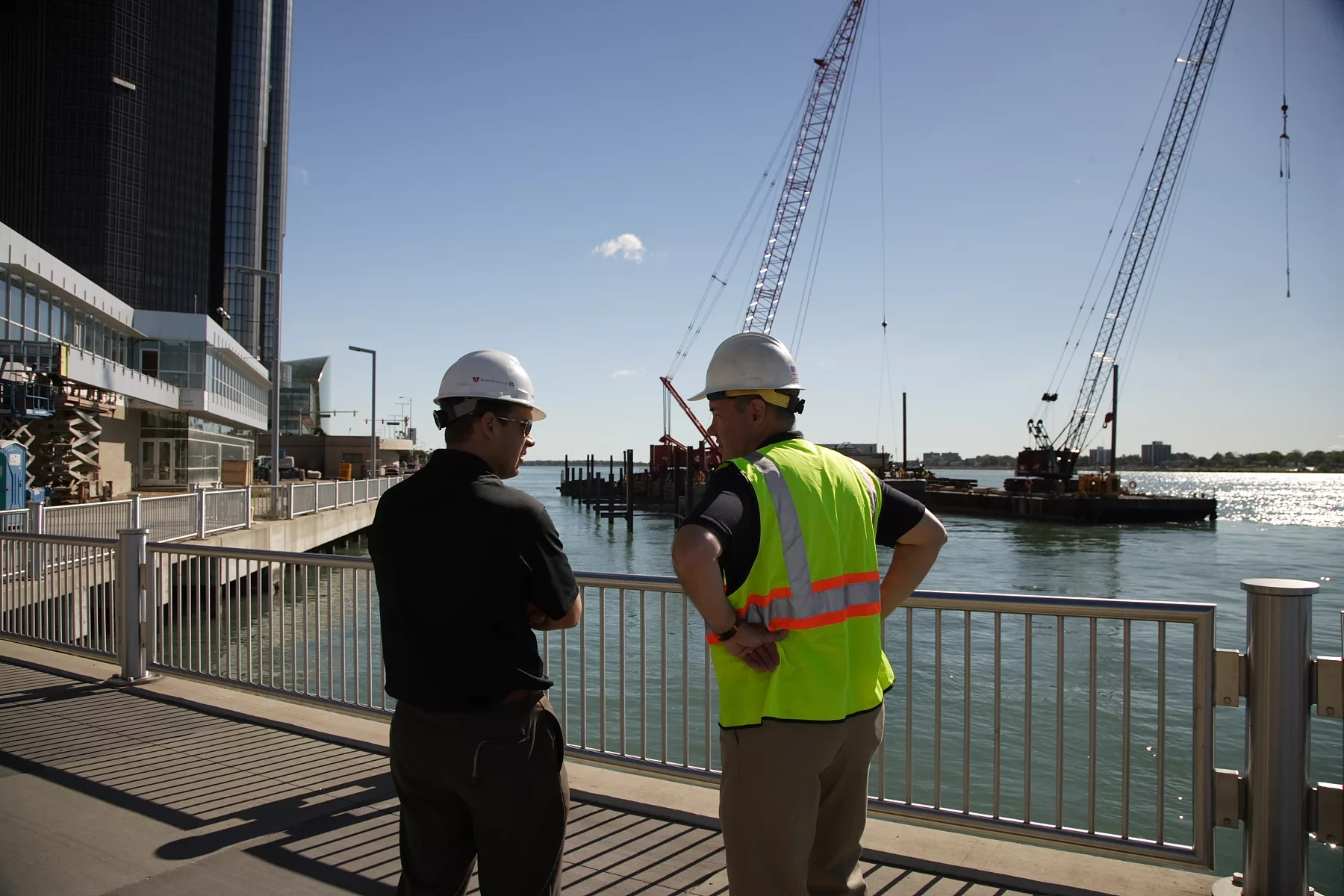Geotechnical engineering provides the foundation for sound design and construction decisions. By investigating and characterizing subsurface conditions early, geotechnical professionals help project teams anticipate challenges, reduce risk, and avoid unnecessary expenses.
Site Investigation: Critical for Risk Mitigation
A thorough geotechnical site investigation identifies subsurface conditions such as compressible soils, high groundwater, or uncontrolled fill that could affect construction. Early detection allows design teams to adjust foundations, earthwork plans, and construction sequencing—reducing the likelihood of delays and costly remediation. Without geotechnical input, design assumptions are often based on limited data or worst-case scenarios. This approach can result in overdesigned foundations or unexpected field conditions that lead to change orders and schedule disruptions.
Optimizing Foundation Design
Geotechnical data enables structural and civil engineers to refine foundation designs based on actual site conditions. This optimization often results in:
- Reduced footing depths and sizes
- Alternative foundation types (e.g., mat foundations, shallow footings, or soil improvement techniques instead of deep piles)
- Decreased material quantities (concrete, steel, etc.)
- More predictable settlement performance
In many projects, this approach leads to a 15–30% reduction in foundation costs while maintaining or improving structural performance.
Improved Construction Planning and Execution
Geotechnical analysis provides critical information for planning earthwork and site preparation. Contractors benefit from knowing:
• Which soils are suitable for reuse and which require removal
• Dewatering requirements and strategies
• Compaction specifications and achievable densities
• Potential for ground movement or instability during excavation
This information helps minimize rework, optimize equipment usage, and maintain construction schedules.
Accounting for Seasonal and Long-Term Soil Behavior
Soil properties change with the seasons due to factors like moisture variation, frost, and drying. Geotechnical engineers provide guidance on scheduling moisture-sensitive activities—such as grading, compaction, or excavation—when site conditions are most favorable. For long-term performance, evaluations of consolidation, frost heave, and other soil behaviors help engineers design foundations and earthworks that minimize settlement and seasonal movement over the life of the structure.
Making Challenging Sites Buildable
Sites with problematic soils or environmental concerns can often be developed with appropriate geotechnical strategies. Techniques such as ground improvement (e.g., stone columns, grouting), soil stabilization, and specialized foundation systems make it possible to construct on sites previously considered unsuitable.
Cost vs. Benefit of Geotechnical Services
Geotechnical services typically represent a small fraction (1–5%) of total project costs but provide significant returns by preventing issues that could escalate construction budgets and timelines. The benefits extend beyond cost savings to include improved constructability, safety, and long-term performance.
For example, on a recent project, a client planned to install a new above-ground storage tank (1 million gallon) near a shoreline and existing infrastructure. Initial assumptions pointed to deep foundations, which posed logistical challenges due to tight site constraints. However, NTH’s performed a detailed site investigation and collaborating with the client, NTH helped optimize the tank size and loading configuration to allow for a shallow foundation solution—eliminating the need for costly deep foundation work. This approach preserved the structural integrity of nearby infrastructure and shoreline
The client not only saved significantly on construction costs but also gained added production capacity. NTH also developed a long-term monitoring plan to ensure ongoing performance and stability.
Key Takeaways
- Early geotechnical investigations reduce uncertainty and support informed decision-making.
- Optimized designs based on site-specific data result in more efficient use of materials and labor.
- Detailed subsurface information improves construction sequencing and reduces change orders.
- Advanced techniques can transform marginal sites into viable developments.
At NTH, we partner with engineers and contractors to deliver actionable geotechnical insights that improve project outcomes and reduce risk.






